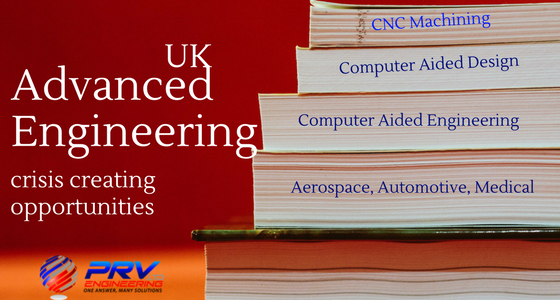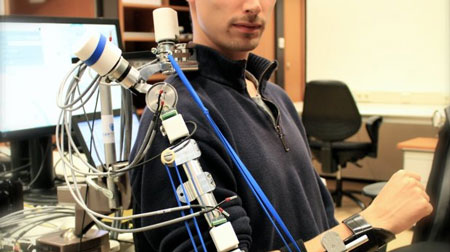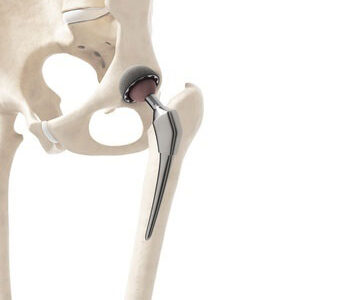Welcome to the world of nanotechnology, a realm where science fiction meets reality, and where technological marvels are designed and engineered at a scale that’s incredibly small – one nanometre is a billionth of a metre! Precision engineering for nanotechnology is enabling a new era of miniature devices with monumental impacts, pushing the boundaries of human invention.
Engineers are always in high demand and none more so than in advanced engineering. Looking to the future, the industry will need about 186 000 engineers by 2024. Another report, according to The Telegraph, suggests the UK is grossly lacking skilled engineers and would need 1.8 million new engineers and technicians by 2025.
Whichever way you look at it, these are big numbers to swallow. Engineering is not only central to ensure economic growth, it plays a vital role in global challenges. Among these are climate change, food security, health and safety, biodiversity, population and water security. Adding to the increased number of opportunities, engineering can yield significant financial reward.
Medical Technology – The future is now
The world we live in changes every single day. Whether it’s a new breakthrough medical technology, advances in energy storage or space travel. Our future is becoming harder to predict. I mean, who knows where we will be at the end of 2017? What treatments or life altering medicines will be available to us in only a few short months?
Many of the breakthroughs we have today weren’t available 5 years ago; some weren’t even around last year. Scientists, researchers and doctors are working tirelessly to find new ways to treat different diseases, conditions or ailments. Some of the new medical advances will certainly improve your life but others might even save you.
The new Rotorcraft Airbus Racer from CleanSky 2 initiative is a great example of how far we’ve come but did you know that the concept of vertical flight has been around for centuries? In fact, it was first recorded in China, 400 B.C based merely on a children’s toy made from bamboo. This has certainly led to bigger and better things.
What is the CleanSky 2 Initiative? In a nutshell, it’s the largest European research program aimed at the development of innovative, cutting edge technologies to reduce environmental impact from aviation.
Back in February we were talking about the developments in pharmaceutical engineering which allowed the production of the A-Gear robotic arm. The device was the work of a team of people from 4 universities and was the first prototype of a device that allowed independent operation of the arms for Duchenne muscular dystrophy sufferers. Better mechanics and thinner, more flexible materials allow the wearer to use the supports discreetly underneath clothes and without stigma.
Last month news of further research in the area of pharmaceuticals and prosthesis development hit the headlines with a report on a new prosthesis. One that has been connected directly to bone, nerves and muscles, allowing the patient to have free mobility of the limb.
Researchers in the Netherlands have developed a robotic arm that improves the lives of people with Duchenne Muscular Dystrophy.
The A-Gear robotic arm is the result of development work by a team of people from 4 different universities; the University of Twente’s MIRA research centre, the VU University Medical Centre Amsterdam, Delft University of Technology and Radboud University Medical Centre. It is the first prototype that can support independent operation of the arm whilst still being discreet and body connected. The A-Gear can easily be worn under clothing and so there is less stigma attached to its use.
There are increasing numbers of stories and innovative ways in which 3D printing is being used in the medical profession. From component parts of prosthetic limbs to facial reconstructions, there are regular news stories highlighting just how ground breaking some of these developments are.
While these stories are fascinating and uplifting, we don’t hear too often about all the success and changes to people’s lives that more common procedures bring. Hip and knee replacements have become so common now that we tend to forget just how life changing these operations are for people. We also forget the engineering that went in to the design and development of these medical advances and artificial systems originally and the continued development into improvements that goes on today.









Recent Comments